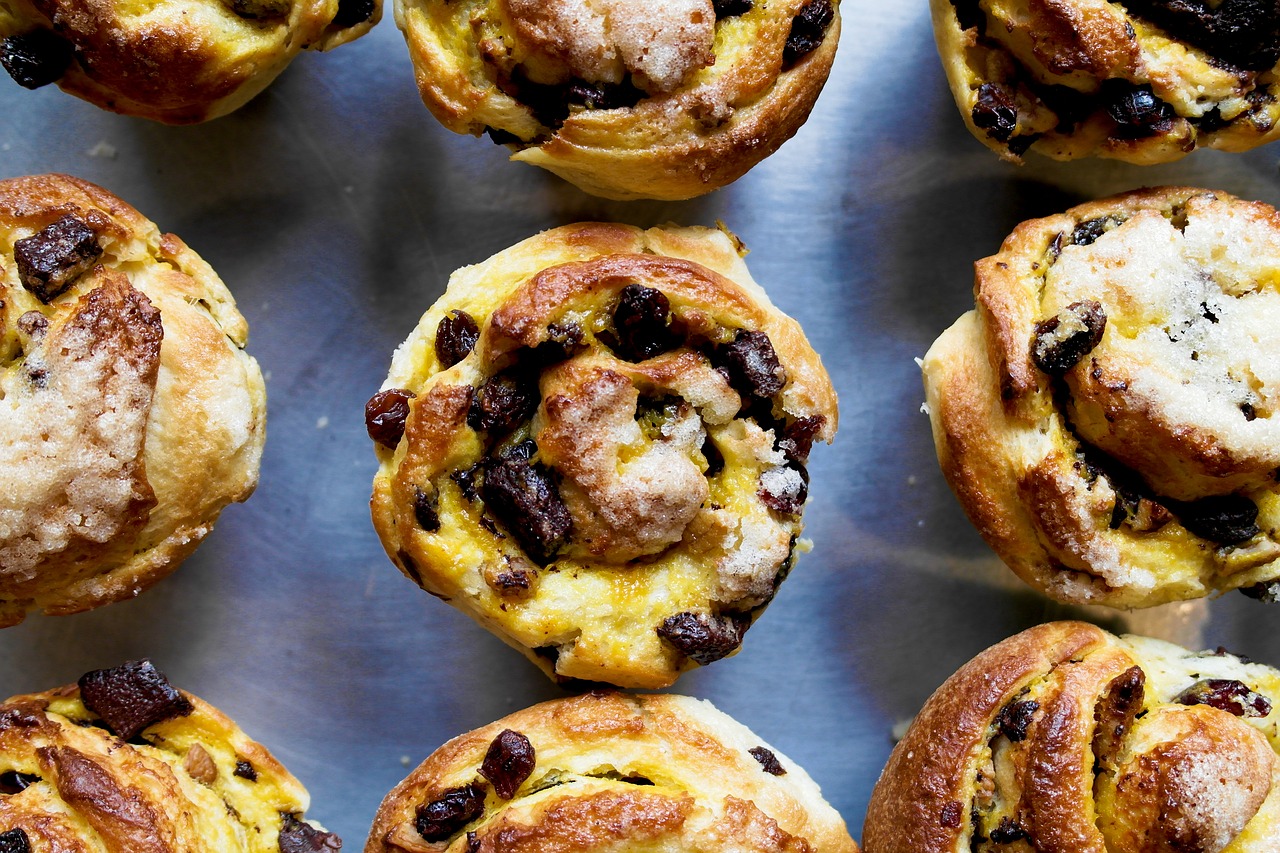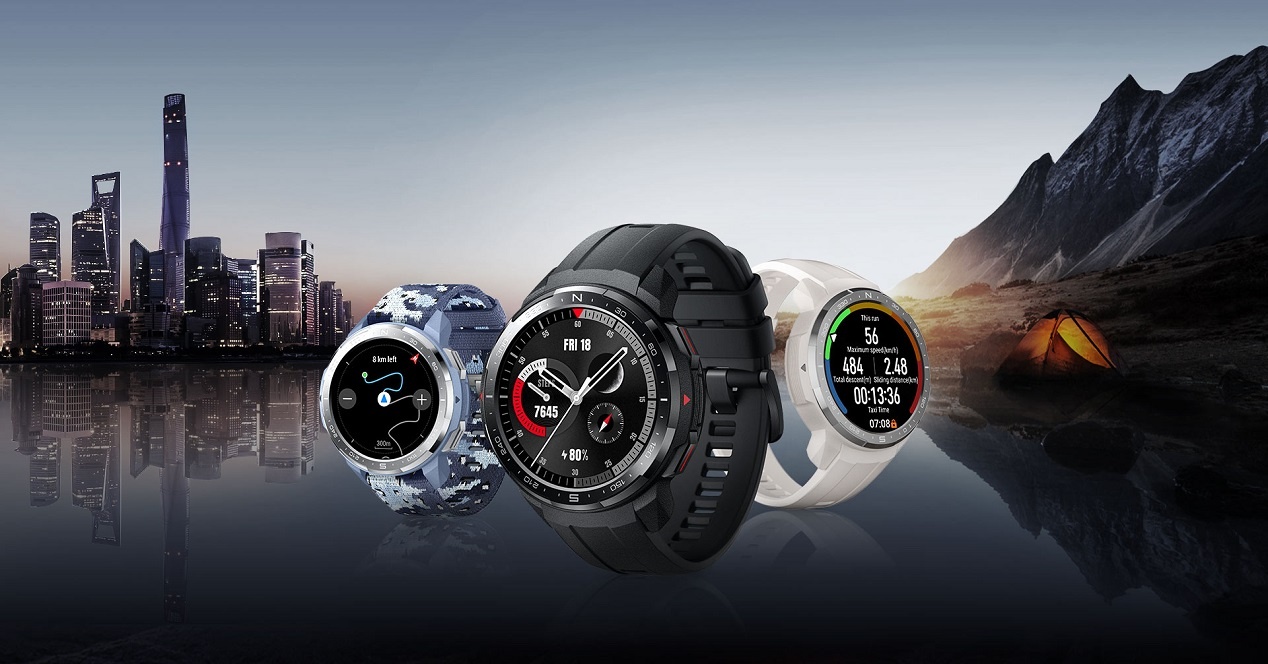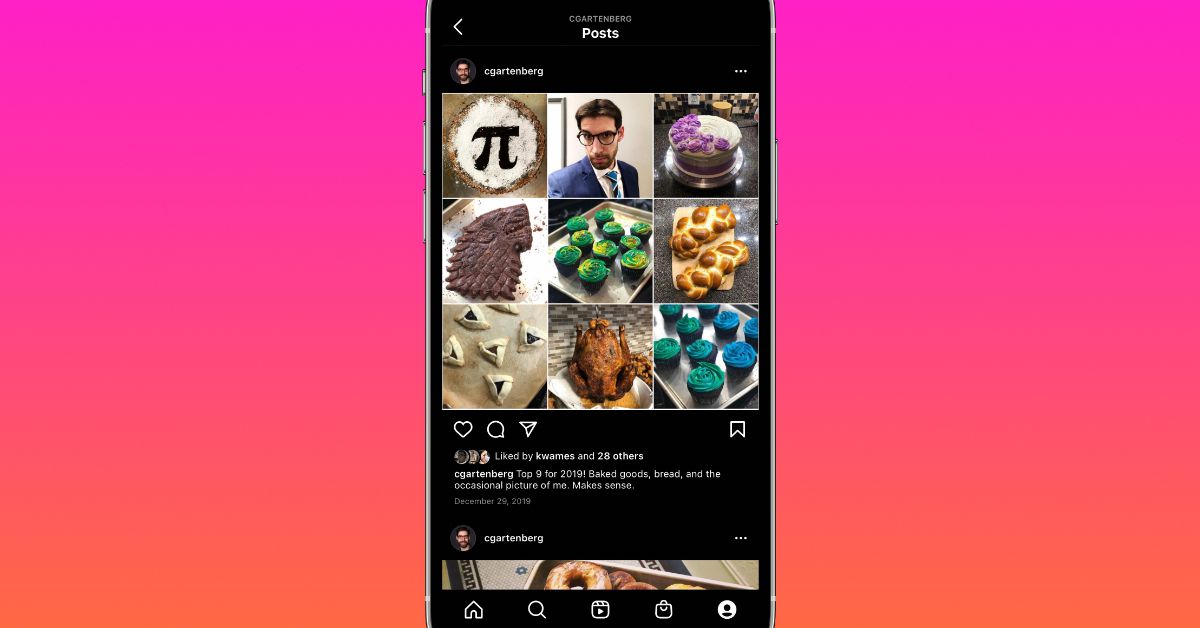Instagram has once again dropped the ball on a ‘top nine’ year in review feature – The Verge
It’s New Year’s Eve, which means that your Instagram feed — if it’s anything like mine — is probably filled with people posting “top nine” grids of their most liked photos from this year. But, bafflingly, for yet another year, everyone will be turning to sketchy-looking third-party apps and sites to make them. Because once again, Instagram has failed to offer an official, automated way to curate the images within the app.
As someone who personally enjoys using the top nine format to look back on a year of baked good photos, I’m left utterly confused by this. Users seem to love putting together the collages to look back on their past year of posts. Instagram even already offered grid tools for posting photos to your story in different layouts. And it certainly has access to the data.
Just look at the popularity of Spotify’s Wrapped year in review feature, which has come to dominate December with users showing off their most streamed songs, genres, and stats. Instagram has to be aware of the trend — Instagram stories are one of the most popular places users show off their taste in music.
Plus, Instagram is owned by Facebook, the company that pioneered automated year-in-review videos. Facebook uses the power of algorithms to compile instant (albeit occasionally depressing) annual videos and “friendiversary” highlights. Letting users automatically create and share top nine posts seems like a no-brainer. But 2020 is rolling by without even the barest nod to the idea.
Instead, users are left with third-party services, dozens of which skyrocket up the app store charts each year. These services often ask users to fork over personal information like their email addresses or insist on plastering images with ugly watermarks or logos.
It’s easy to imagine how Instagram could streamline this process and even fix some of the pain points in most third-party options, like the inability to generate top nine grids for private accounts.
And yet, it seems that 2020 will end with Instagram dropping the ball on this seemingly obvious feature. I suppose there’s always 2021.












